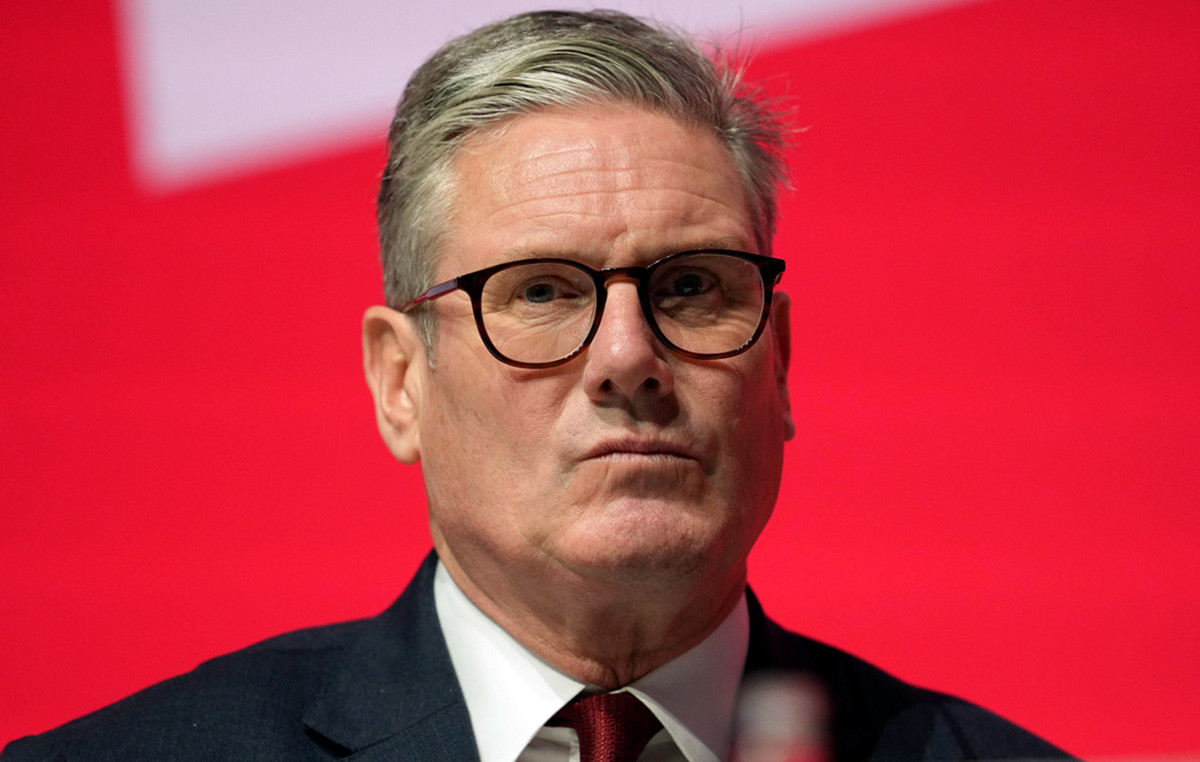Brazil maintained a leading status in South America in 2021, and was responsible for more than 50% of the Gross Domestic Product (GDP ) of the region in the year. The data are from the World Bank, and were compiled by the CNN Brasil Business .
The country has held the position since the 1970s, with a wide difference from the second place, Argentina, which was responsible for 15.3% of the region’s GDP in 2021.
For specialists, the result reflects a Brazilian capacity to take better advantage of the country’s potential, but it does not mean that the economy does not experience problems or does not require reforms to improve its performance.
Considering the variation by decade since 1965, when Paraguay and Argentina started sharing data with the world Bank , Brazil has already had higher levels of participation. In 1995, 55.55% of the entire South American GDP was Brazilian. In 2015, it was 53.7%, while in 2020 it was 51.8% and, in 2021, 50.12%.
The data, however, do not take into account the Venezuelan participation, which has stopped sharing data with the World Bank.
For Lia Valls, researcher at Ibre-FGV and professor at UERJ, Brazilian leadership shows the size of the economy itself, linked to a large territory, a higher level of industrialization wealth in terms of extractive resources and agricultural competitive.
She points out that the calculation of the share made in the so-called “current dollar” involves the conversion of the country’s GDP from the national currency to the US currency. That is, if the exchange rate between currencies is undervalued, GDP will have a lower value, even if the size is not different.
Argentina
This fact explains, in part, one of the movements of the graph: when the Brazil overtook Argentina between the 1960s and 1970s as the country with the highest participation.
In 1965, Argentina’s GDP corresponded to 34.61% of the South American total, while Brazil’s was 27.43%. Ten years later, Brazil was responsible for 49.15% of the total, compared to 19.94% in Argentina.
Valls says that Argentina was one of the first countries in the region to industrialize, at the beginning of the 20th century and ahead of Brazil, and that’s why for years it had a GDP equivalent to that of European countries.
From the 1960s, however, the country entered a sequence of declines, indebtedness, inflation high and exchange rate devaluation that made the Argentine economy not only lose its leadership in South America, but also stagnate.
“Argentina has suffered a series of crises, and had a strong liberalization that went wrong. Then it entered a period of hyperinflation, then in the early 1990s it improved, but there was a deep crisis in 2001. Then it improved, but it went into crisis again”, he summarizes.
In the case of Brazil, industrialization took longer to start, but ended up being more successful, at a time when countries in the region sought to reduce their imports .
“The idea was to encourage industrialization via protectionism, but this demands large markets, and the Brazilian domestic market is the largest, there is no comparison, so it managed to diversify the industry, attract foreign capital aimed at the domestic market, and besides that, it is a very rich country in resources, with great potential”, says Valls.
Chile and Colombia
Today in third and fourth positions in terms of GDP, the Chile and the Colombia have different economic characteristics from Argentina, which, according to the professor, has allowed growth in shares of the region’s total.
“Chile had more stability, and Colombia does not have major inflations despite high inequality, both have strong and more stable macroeconomic indicators”, explains the professor, which resulted in a trend of growth in participation.
Paulo Feldmann, a professor at FEA-USP, points out that Brazilian leadership itself exists because “our neighbors have moved backwards in the last decade”, while Brazil’s economy has remained stagnant or has grown little.
Many economic problems of neighbors in the region are linked, according to the professor, to an attempt to adopt the so-called “Washington Consensus”, a series of economic measures defended by the United States .
“At the end of the 1980s, the focus of the United States was to open up the world market, including the Latin one, for its companies”, he evaluates.
To this end, a set of measures was defended that would involve opening up these countries’ markets to imports, privatization, reducing the size of the State and replacing state planning with market solutions.
For Feldmann, this has led many countries, such as Argentina, to “break the industry”, harming their economies and capacity for growth.
“The North American model was different from the European model, in which the continent’s large economies encouraged the poorest countries to stimulate the formation of good consumer markets. With that, the whole of Europe grew,” he says.
In South America, on the other hand, US investment would have been small, causing the region to lag in its economic development.
In the professor’s view, Brazilian leadership is due to strong economic growth between 1940 and 1980, linked to strong planning, especially industrial policy, and protection of national companies and products.
In addition, Feldmann considers that “Brazil had some skills that were developed over the years. The main one is that we learned to overcome inflation with the Real Plan in 1994”.
It is a different scenario, for example, from Argentina, which still coexists with high debt and high inflation. The professor also considers that Brazil has a better history of economic management, which proved to be an advantage.
Another factor he cites is that the Brazilian opening to imports, which began during the term of the former president Fernando Collor was paused in the mandate of Fernando Henrique Cardoso who opted for a more “planned” opening.
“Some sectors were protected. The idea was not to open up some sectors so as not to break large companies due to competition, or to strengthen companies, via advantages, to allow competition with large foreigners”, he explains.
the however
The Ibre-FGV researcher points out, however, that the high share of Brazilian GDP does not mean that the country’s economy does not have more problems that need to be addressed, even to maintain this leadership.
“If you take it punctually, there are always conjunctural issues, but the most important thing is to see the historical trend, and in general the GDP has maintained this predominance over the last few years. To fall a lot, it would need a period of very sharp recession”, he evaluates.
Among Brazil’s main challenges, she cites a need to increase national productivity, which would require attracting more investments and having a stable economy considering macroeconomic factors.
At the same time, Feldmann considers that the result of the countries in the region could be even better, but has problems such as a lack of economic integration.
“O Mercosur , our free trade zone, has one of the lowest business shares in the world, has little relevance. Every region that developed, such as Asia, Europe, North America, had a strong common market”, he points out.
For him, this absence is mainly blamed on Brazil itself, since the country chose not to privilege the bloc even though it is the largest economy in the region, leaving no room for smaller countries to take this initiative.
In this sense, he sees a poorly exploited market in the region, which he attributes to a “lack of vision” on the part of South American leaders, who still prefer to export to the United States, Europe or China.
Despite pointing out that Brazil has grown less than its neighbors, Feldmann does not believe that the country will lose its leadership in the region, not only because of the size of the economy, but also because of the difference with the second place.
“Brazil is a much larger country in population and size, it’s hard to lose because of that. Leadership came because it knew how to take advantage of these advantages,” she says.
Source: CNN Brasil
I am Sophia william, author of World Stock Market. I have a degree in journalism from the University of Missouri and I have worked as a reporter for several news websites. I have a passion for writing and informing people about the latest news and events happening in the world. I strive to be accurate and unbiased in my reporting, and I hope to provide readers with valuable information that they can use to make informed decisions.







